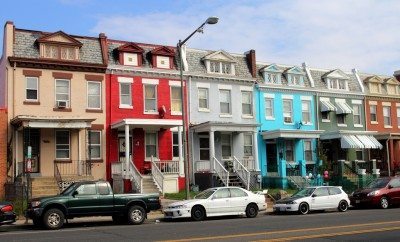 Image courtesy of [TaxRebate.org.uk/Images Money via Flickr]
Image courtesy of [TaxRebate.org.uk/Images Money via Flickr]
Society and Culture
The Housing Market and Millennials: What’s New?
Last week, the U.S Census Bureau released the most recent data on new home sales for November 2015, and it’s mostly good news. But what does it mean for millennials buying homes–or is that trend as dismal as experts have worried it could be?
Let’s start with the good news: this November has seen the highest sales in new homes since November 2007, before the recession. The new home sales report shows a seasonally annual adjusted rate of $490,000, which eclipses the October 2015 $470,000 adjusted rate by 4.3 percent. In comparison to the $449,000 annual rate of November 2014, new home sale rates for this year are 9.1 percent higher. The median sales price for new homes in November 2015 was $305,000 with an average sales price of $374,900.
These numbers forecast solid growth, but do not account for the complete forecast of the housing market. New home sales are usually compared with the rates of existing home sales. Total existing home sales fell to 10.5 percent this past November, and the rate of existing home sales was at its lowest rate since April 2014, according to the National Association of Realtors (NAR.) The NAR attributes the drop in existing home sales to the new “Know Before You Owe” closing rule, which lengthens closing time on real estate sales. However, some commenters have reasoned that changes in closing time should not have accounted for the change this month.
Another interesting facet of the report is the correlation between the regional breakdown and trends in millennial home buying. Since October, rates in new home sales have fallen the most in the Northeast, which is down 28.6 percent, and annually has seen a negative 13.8 percent change. However, rates in the West and South have seen the most growth this month and annually. Since October, Western region rates in new home sales have seen a positive 20.5 percent change and the South recorded a 19.4 percent change in sales since November 2014. These numbers correlate with data suggesting that half of the top ten city mortgage markets for millennial home buyers are in the South, as well as this new home sales list from 2014 for millennials, which is dominated by cities in the South and West.
In the end, the data supports forecast of moderate gains in housing activity. Improvement in new home sales numbers tend to be good news. Most importantly, millennials represent 32 percent of home buyers, which is the largest share in the market now–housing trends moving forward may be increasingly contingent on whether millennials continue to purchase.








Comments